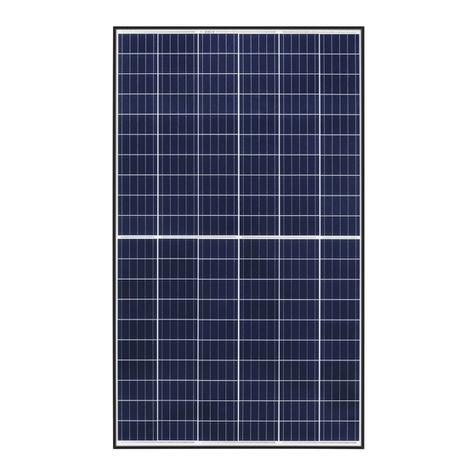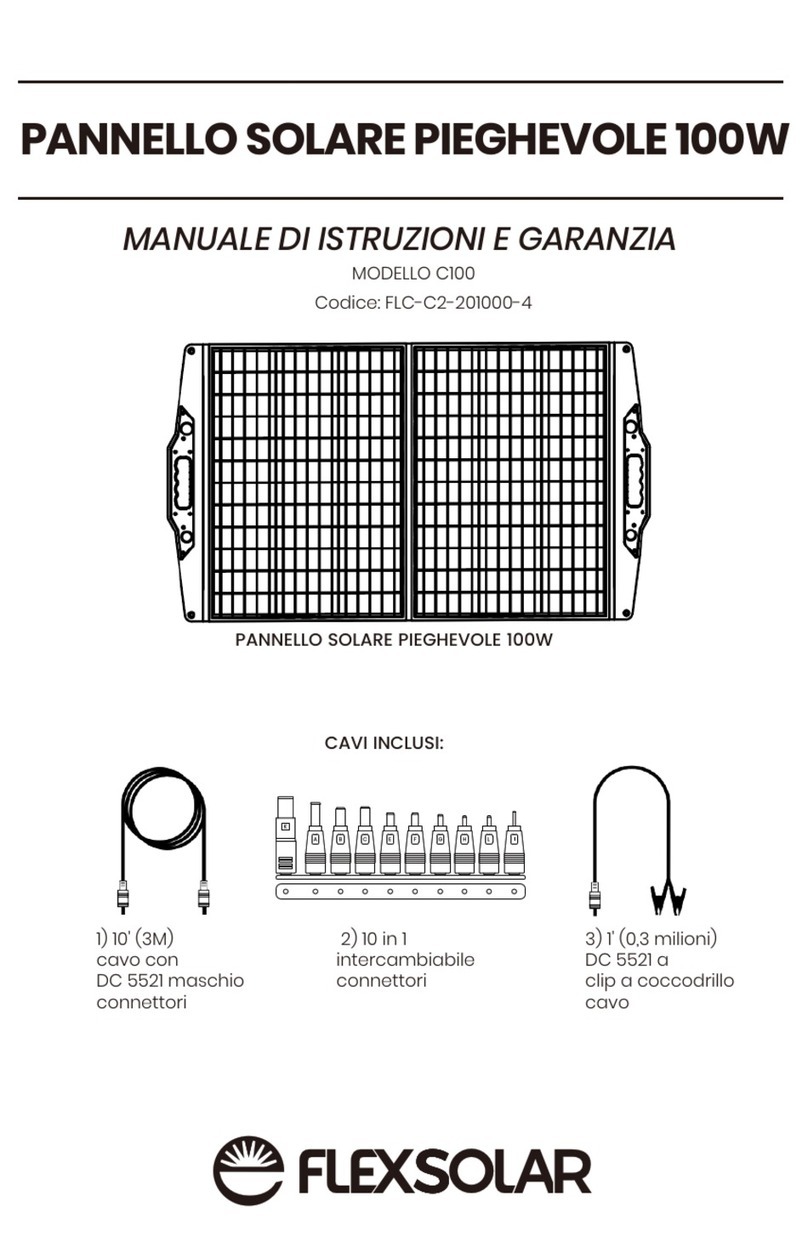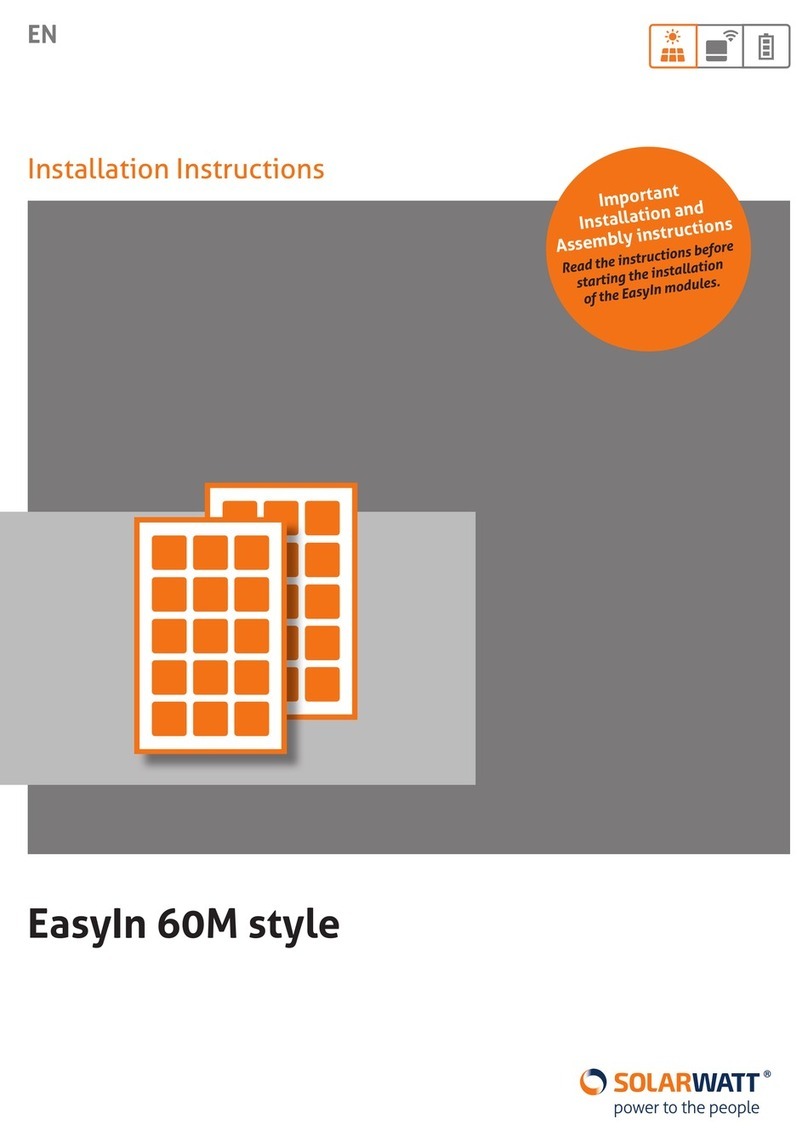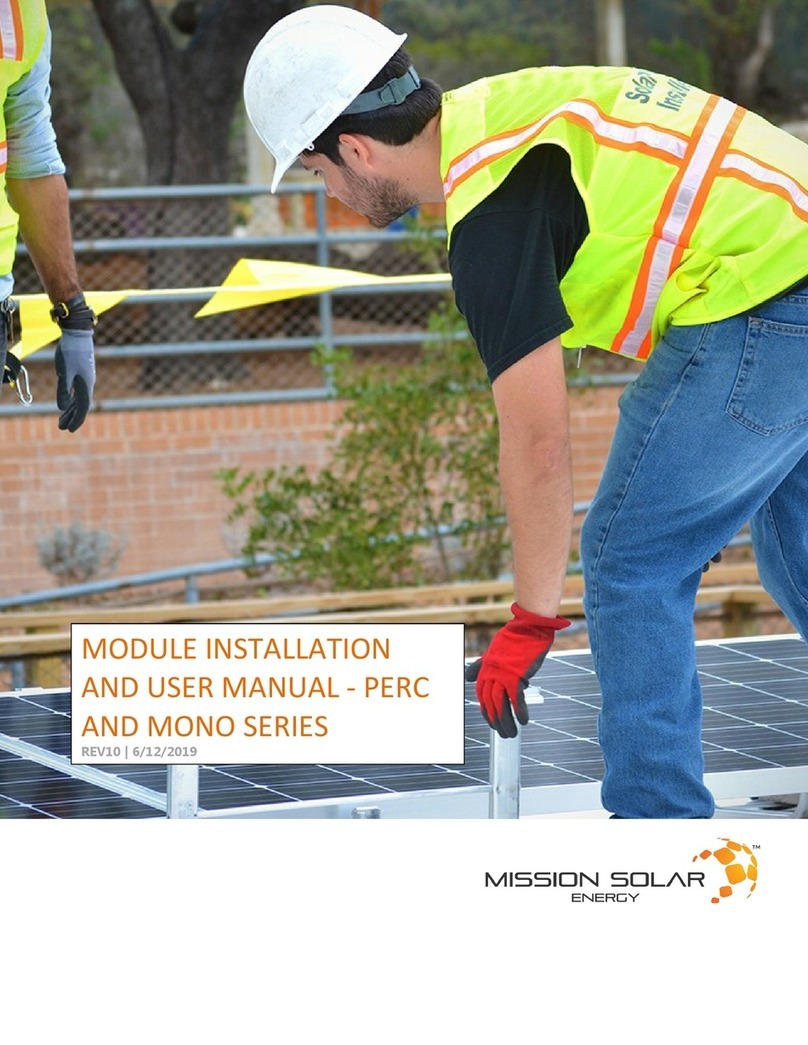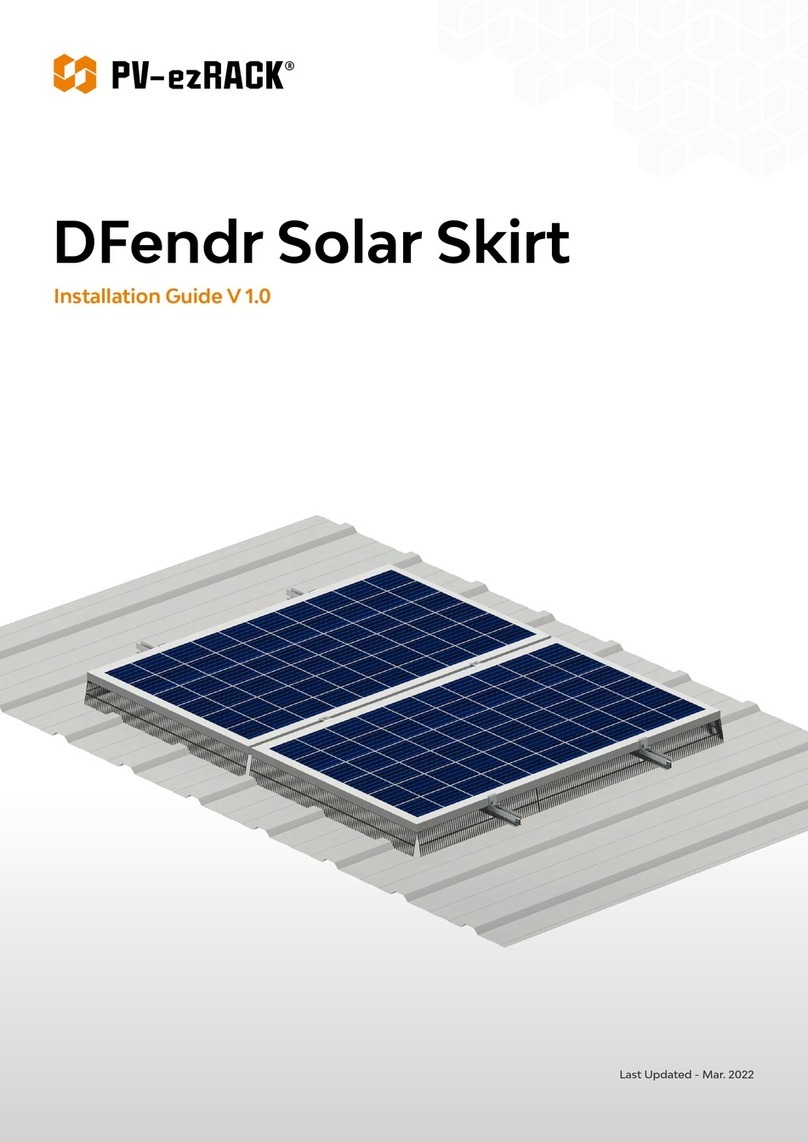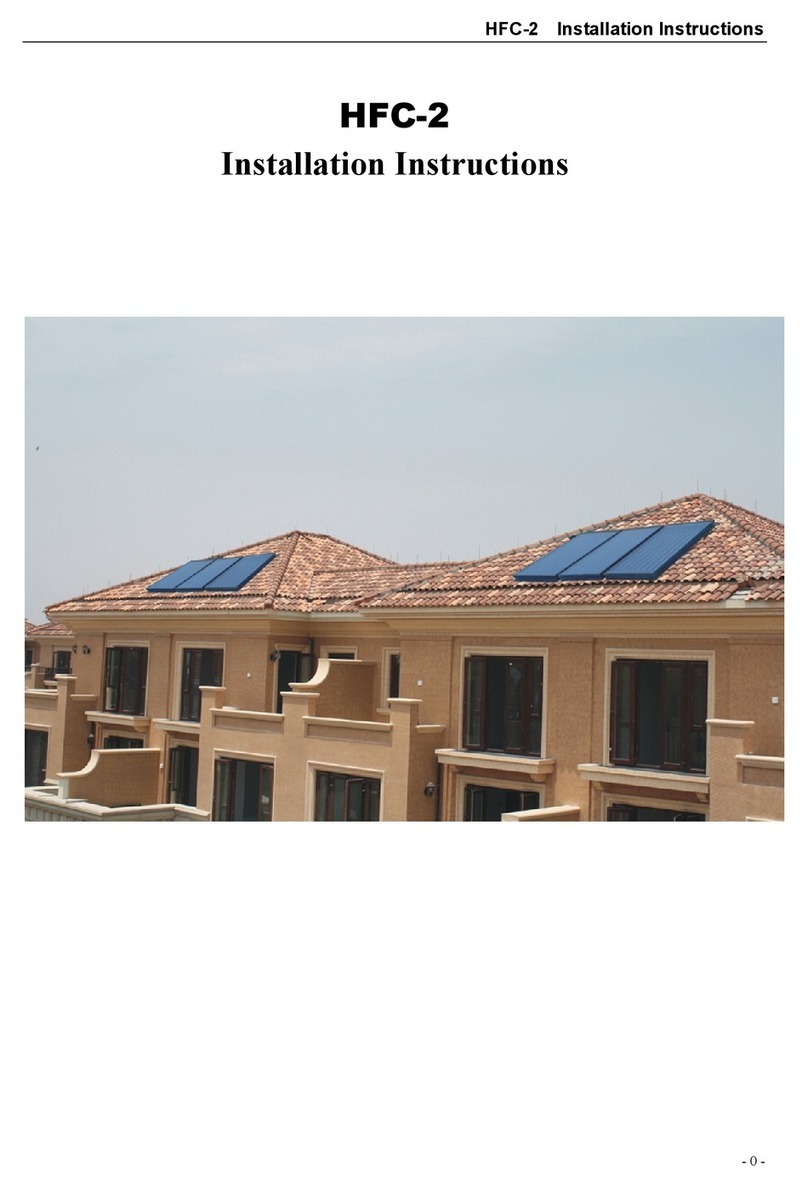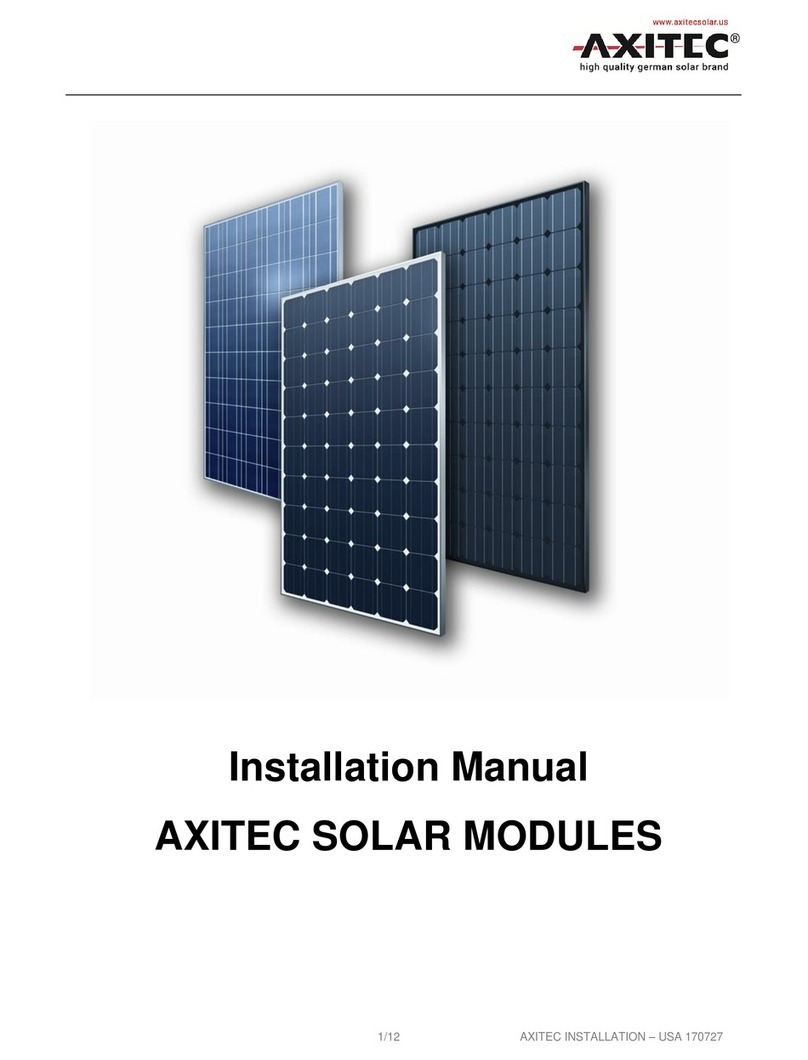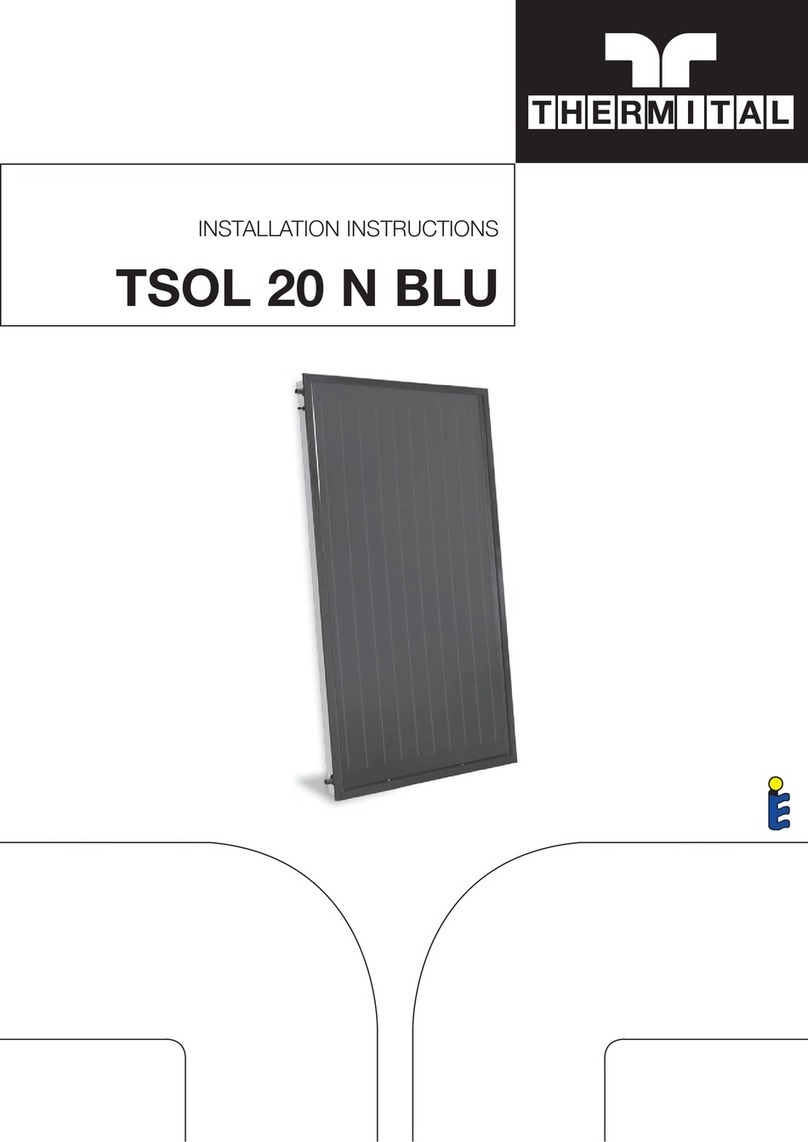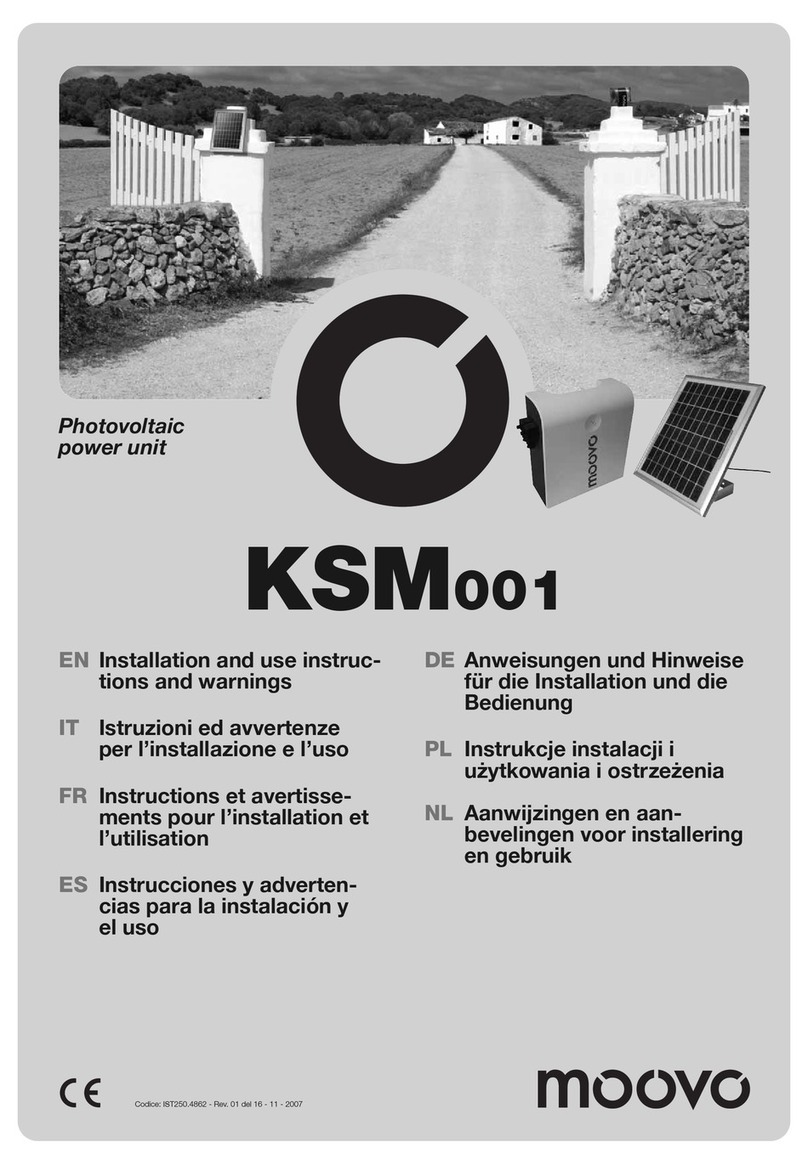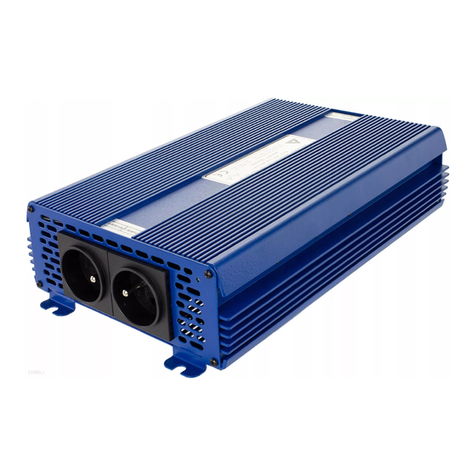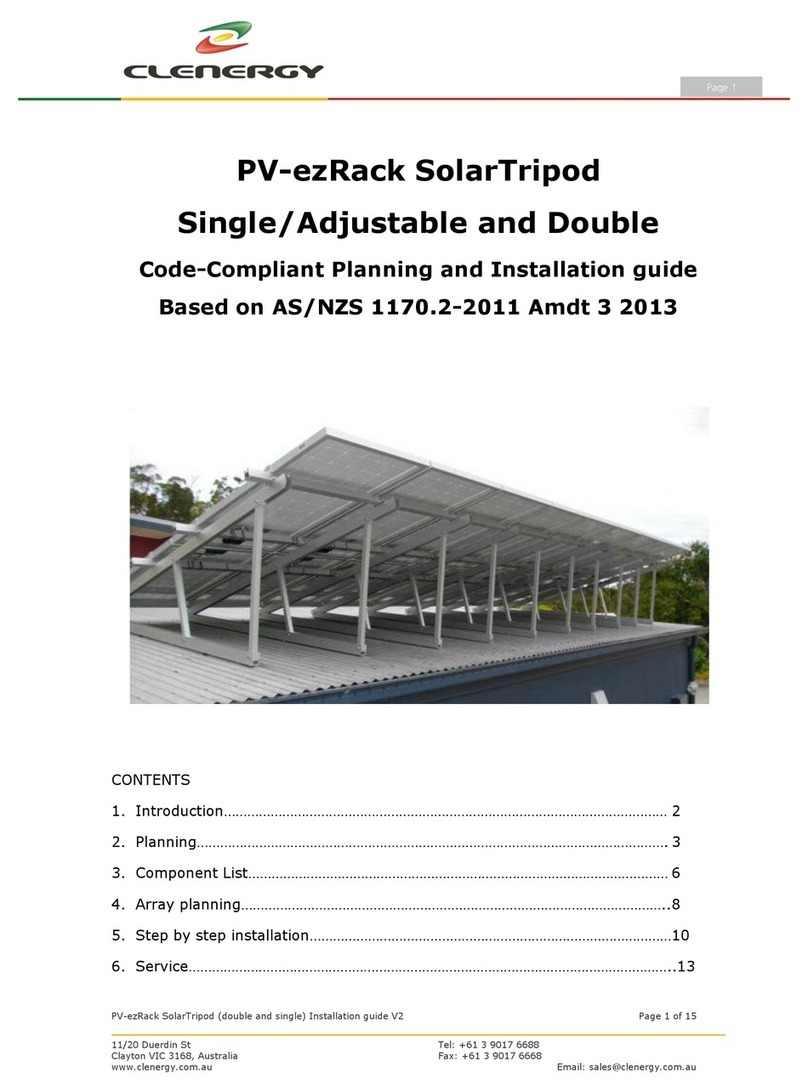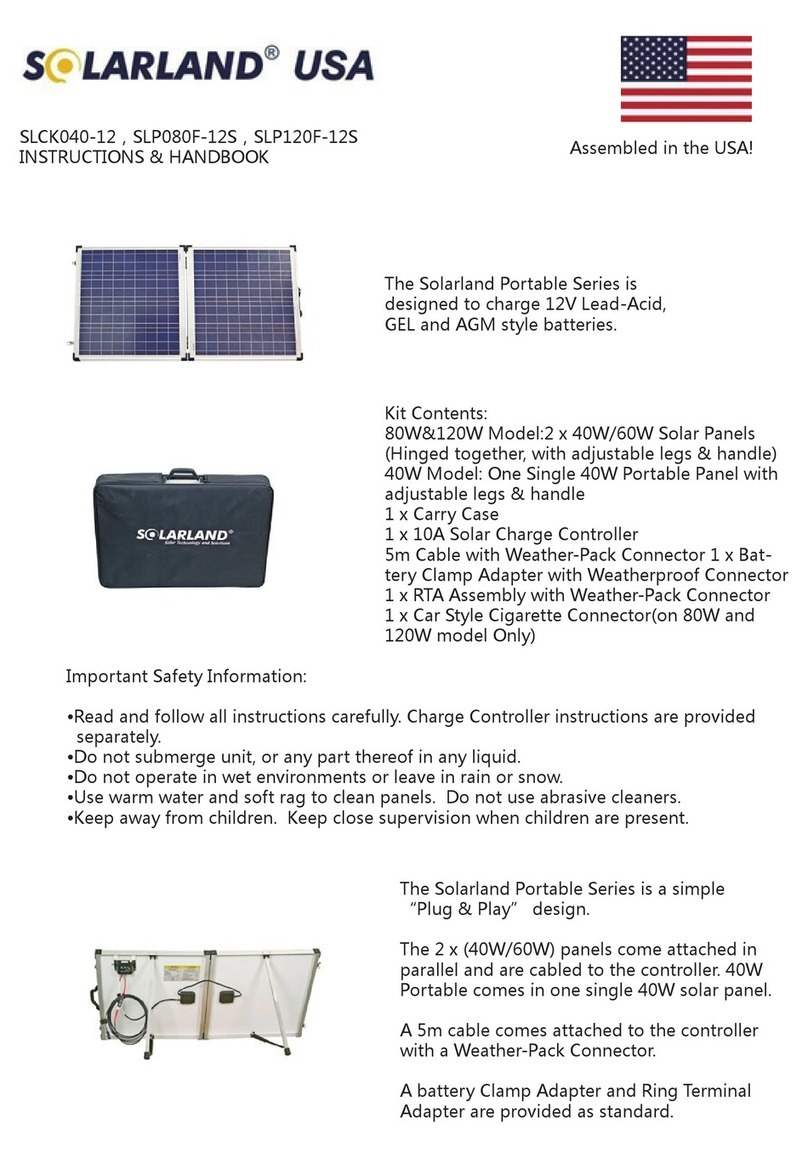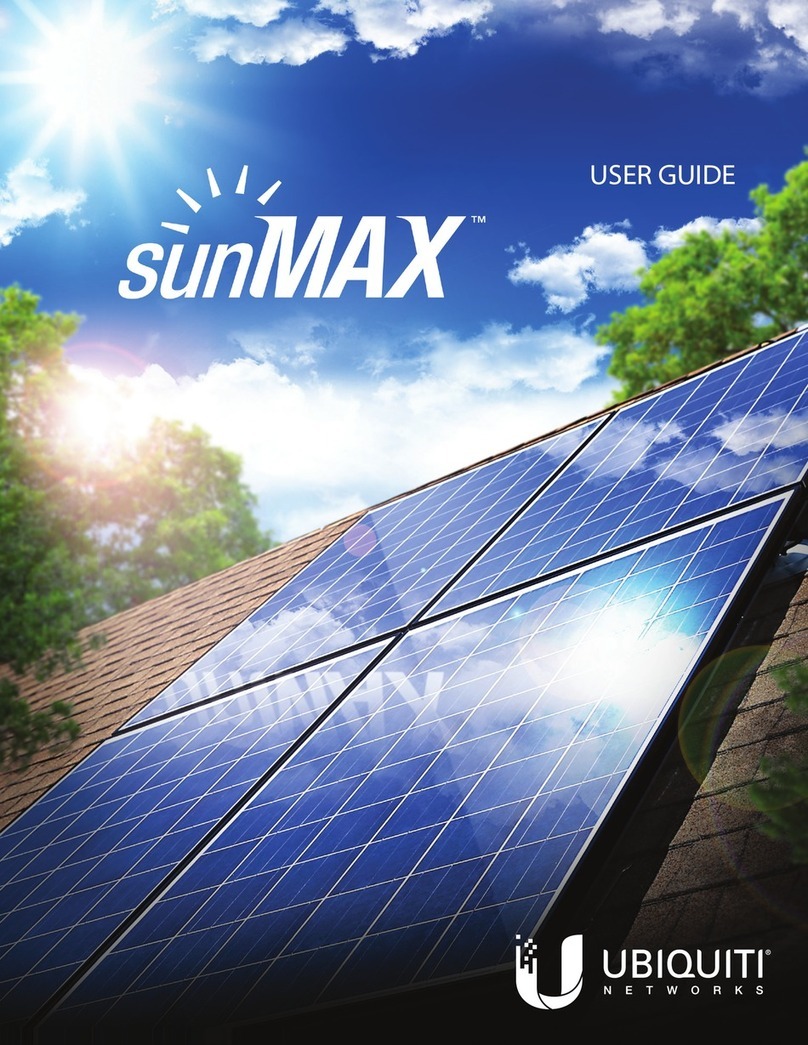
Installation Manual
2
MOTECH Industries, Inc., - Tainan Science Park ı No.2, Dashun 9th Rd., Xinshi Dist., Tainan City, 74145, Taiwan
1. Disclaimer of Liability
This manual provides important safety and maintenance information. Failure to follow these instructions may result in severe
injury, death, and/or property damage. Motech does not assume any responsibility for loss, damage, injury or expense
resulting from the improper installation, handling, use or failure to follow MOTECH’s operation or installation manual.
There is a risk of electric shock during installation. Module installation requires good technology and can only be installed by a
licensed professional, including a licenses and an approved electrician.
The information contained herein is subject to change without prior notice.
2. Rules and regulations
Mechanical installation and electrical installation of PV modules should be in accordance with applicable regulations, including
electrical, building, and electrical connection requirements. There regulations vary with the location of the installation, such as
building roof installations, in-vehicle applications, and more. Requirements may also vary with system voltage, DC or AC.
Please contact your local authorities for specific terms.
3. Important Safety Information
Electric Shock and Burn Hazard
Photovoltaic modules produce electricity when exposed to the sun or other light sources. When handling the
module, must be followed to avoid the fire and electric shock.
Do not expose the artificially concentrated sunlight to a module or panel.
Fragile
Photovoltaic modules are easily damage by mishandling. Do not apply bending or twisting forces to the module.
Do not step on the module or strike the front or back; these actions may result in cracked solar cells. Do not lift
or carry the module by the junction box cables.
For your safety and the safety of others, please read the entire Installation Manual carefully prior to product installation and
retain this manual for future reference. Installing a photovoltaic system requires specialized knowledge; system design,
module mounting and wiring should only be performed by trained, qualified and authorized personnel.
4. Safe Work Practices
4.1 The Motech module design is based on the application requirements of Class A and Safety Class II in accordance with IEC
61215 and IEC 61730.
4.2 Be knowledgeable with the principles of electricity and electrical equipment. Use properly insulated tools and appropriate
protective equipment. Do not disconnect during load connection for a removable connector. Cover module face(s)
completely with opaque material to halt the production of electricity when working with module wiring. Disconnect
module(s) from other sources of electricity, such as batteries and the electrical grid, before working on the system.
4.3 Solar modules have a tempered glass front and a polymeric back surface. Although robust materials are used in the
construction, the solar cells, glass, and backsheet may be damaged if the module is not properly handled and installed.
Always use the container and stacking device provided for transportation and storage. Please store the Modules before
installation. Do not bend or distort solar modules. Do not step on or deliberately impact the modules. Do not lift or lift the
Solar modules weight range from 19.3 to 27kg(cell quantity from 60 to 72 pcs). Multiple people or proper
equipment should be used to transport the modules safely and without injury.
